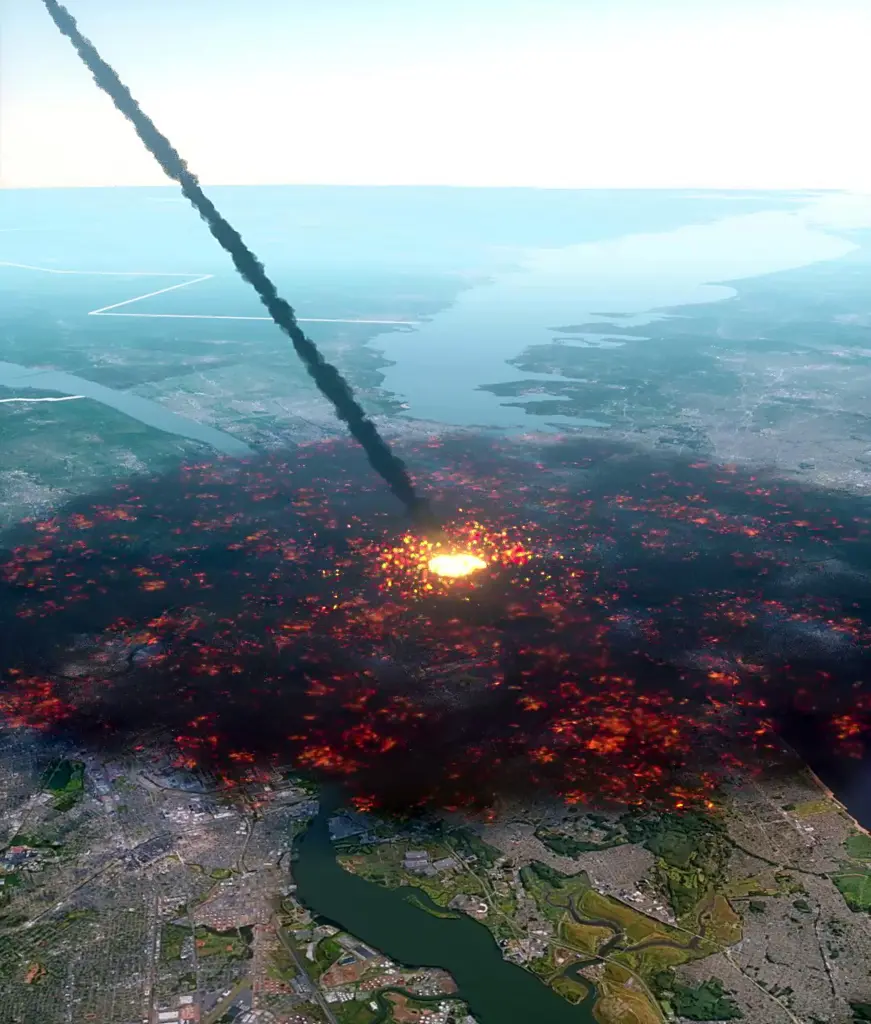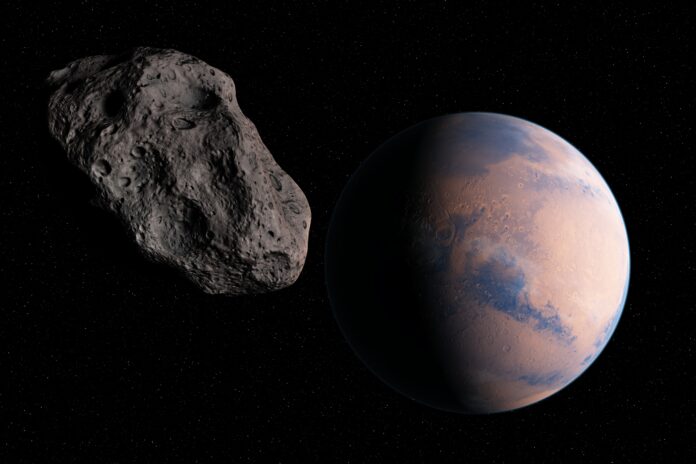NASA has raised the probability of asteroid YR4 2024 colliding with Earth to 2.6%—the highest ever recorded for a potential impact event. This marks an alarming increase from previous estimates, which initially put the odds at just 1 in 83 before steadily climbing to the current 1 in 38 chance.
What happens if it hits?

Measuring between 131 and 295 feet in diameter, the asteroid could unleash an explosion equivalent to 8 megatons of TNT—500 times the power of the Hiroshima bomb. Its projected trajectory spans major cities such as Bogotá, Lagos, Mumbai, and Chennai, putting an estimated 110 million people at risk of localized destruction.
A race against time
Scientists are scrambling to collect data on YR4 before it disappears behind the Sun in April, rendering it invisible to Earth’s telescopes until 2028. The James Webb Space Telescope is being deployed to measure the asteroid’s heat emissions, which will help determine its exact size and the potential damage it could cause.
Will the odds change again?

Experts caution that the probability could still fluctuate. “Just because it’s gone up doesn’t mean it will continue to do so,” said astronautics professor Hugh Lewis. NASA’s Molly L. Wasser echoed this, stating that further observations may either confirm or rule out the asteroid as a threat.
The wait for answers
With YR4’s orbit only becoming clearer over time, researchers warn that it could take years before they have a definitive answer. In the meantime, global space agencies are keeping a close eye on the looming threat, evaluating potential planetary defense strategies should the risk of impact continue to rise.




